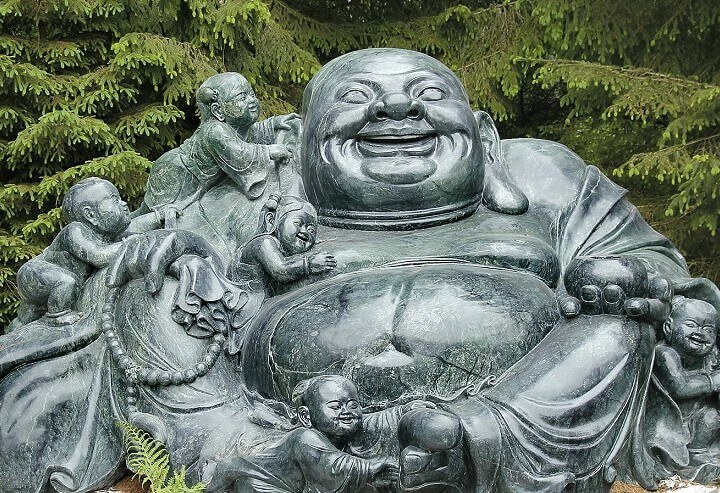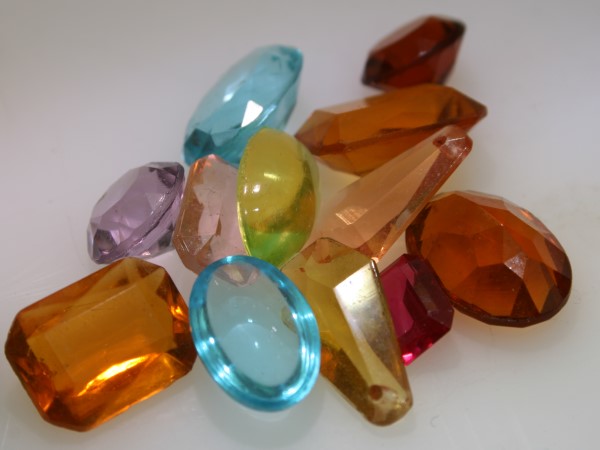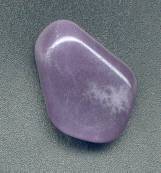The GERMAN INSTITUTE OF GEM EXAMINATION (EPI) is a guarantee for the reliable determination of the identity and the state of treatment of gemstones and precious stones.
- In the section INFORMATION you will find news about treatment methods, imitations & fakes, current research results on gemstones and precious stones.
- In the section TOPICS information about gemstones, treatment methods and their potential risks are listed.
- A preview of our written documents and an actual price list you will find in the section SERVICES
We hope you enjoy browsing through our website
The EPI team






